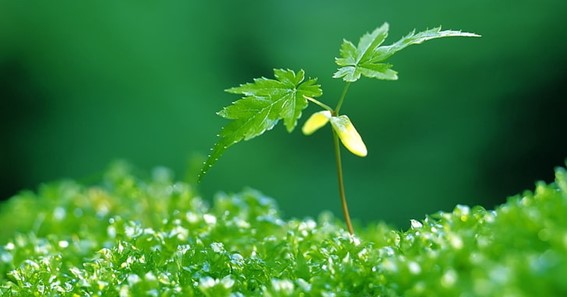Are you curious to know what is complex permanent tissue? You have come to the right place as I am going to tell you everything about complex permanent tissue in a very simple explanation. Without further discussion let’s begin to know what is complex permanent tissue?
In the world of plant biology, there are two main types of tissues: simple and complex. While simple tissues consist of one cell type, complex tissues are composed of two or more cell types working together to perform specific functions. One type of complex tissue that is important for plant structure and support is complex permanent tissue.
What Is Complex Permanent Tissue?
Complex permanent tissue is a type of tissue in plants that are composed of multiple cell types that work together to perform specific functions. It is called permanent tissue because it is made up of cells that have stopped dividing and will not differentiate into other types of cells.
The two main types of cells that make up complex permanent tissue are sclerenchyma cells and collenchyma cells. Sclerenchyma cells are highly specialized cells that provide structural support to plants. They have thick, lignified cell walls that make them tough and rigid. Collenchyma cells, on the other hand, are less rigid than sclerenchyma cells and provide flexible support to growing plant parts.
Functions Of Complex Permanent Tissue
The primary function of complex permanent tissue is to provide structural support to the plant. Sclerenchyma cells have a secondary cell wall that is reinforced with lignin, which makes them incredibly strong and rigid. These cells provide support to parts of the plant that have stopped growing, such as stems, branches, and trunks. Collenchyma cells, on the other hand, provide support to growing plant parts like leaves, stems, and flowers. They are more flexible than sclerenchyma cells, which allows them to stretch and bend as the plant grows.
Another important function of complex permanent tissue is to provide protection to the plant. Sclerenchyma cells form a protective layer around the seed coats of some plants, providing an extra layer of defense against environmental factors like moisture and pests. Collenchyma cells also provide protection by forming a barrier around growing plant parts, shielding them from damage and stress.
Examples Of Complex Permanent Tissue
One example of complex permanent tissue is the xylem, which is responsible for transporting water and minerals from the roots to the leaves of the plant. The xylem is composed of sclerenchyma cells, which provide support, and parenchyma cells, which are responsible for storing nutrients.
Another example of complex permanent tissue is the phloem, which is responsible for transporting sugars and other organic compounds from the leaves to the rest of the plant. The phloem is composed of sieve tube elements, which are specialized cells that transport sugars, and companion cells, which provide support and help regulate the movement of substances within the phloem.
Conclusion
Complex permanent tissue is a crucial component of plant structure and support. It is composed of multiple cell types that work together to provide support, protection, and transport functions to the plant. Understanding the functions and composition of complex permanent tissue is important for plant biologists and can help inform the development of new plant breeding techniques and technologies.
FAQ
What Is Complex Permanent Tissue For Class 9?
Complex permanent tissue is defined as a collection of structurally dissimilar cells performing a common function or set of functions. They are made up of more than one type of cell. They are of two types xylem and phloem.
What Is Called Complex Permanent Tissues?
Xylem and phloem are known as complex permanent tissues because both of them are made up of more than one type of cell.
What Is Complex Permanent Tissue With Example?
Complex permanent tissue- Phloem and xylem are examples of these tissues. Water and soluble ingredients are transported by xylem, which is very useful. The xylem parenchyma, fibers, vessels, and tracheids make up this structure. Phloem plays an important role in the movement of food particles.
What Is The Function Of The Complex Permanent Tissue?
Complex permanent Tissue transports water and nutrients from the roots to the leaves of the plant. It provides support to the plants. It is divided into tracheids, vessels, xylem fiber, and xylem parenchyma.
I Have Covered All The Following Queries And Topics In The Above Article
What Is Complex Permanent Tissue
What Is The Complex Permanent Tissue
What Is A Complex Permanent Tissue
What Is The Function Of Complex Permanent Tissue
Complex Permanent Tissue Function
Simple Permanent Tissue
Xylem Is A Complex Permanent Tissue
What Is Complex Tissue
Types Of Permanent Tissue
Types Of Complex Tissue
Complex Permanent Tissue Location
Types Of Simple Permanent Tissue
What Is Complex Permanent Tissue
Where are complex permanent tissue
What is a complex permanent tissue?

